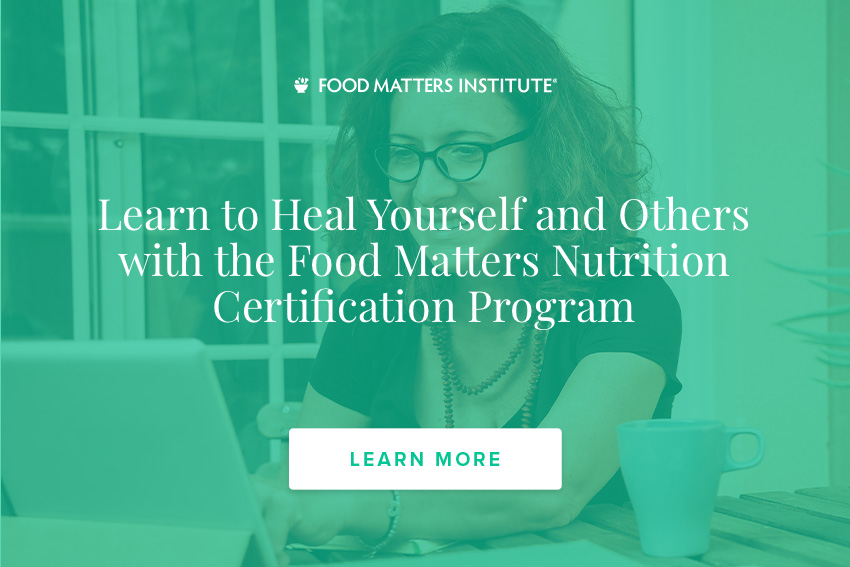How To Find Safe Drinking Water For Your Family
A recent study in the Archives of Pediatric & Adolescent Medicine got me thinking about perceptions—and misconceptions—when it comes to water.
According to the study, black and Latino parents are three times more likely than whites to give their children bottled water rather than tap; these buyers also spend 1% of their income on bottled water, versus white buyer’s 0.4%.
This, in light of an Environmental Working Group report, which found only three of the nation’s 170 brands of bottled water sold in the United States disclosed where the water came from, how it was purified and what contaminants remained in the water. An earlier study by The Natural Resources Defense Council found that 17% of bottled waters contained unsafe bacteria, and 22% were contaminated with chemicals—including arsenic.
With scary statistics like these, why would anyone drink from a bottle? The decision may come down to marketing. As a recent Forbes article pointed out, companies like Coca Cola and Nestle are heavily invested in hawking water to minority groups.
And no wonder: The Natural Resources Defense Council estimates that for each $1.50 bottle of water sold, the manufacturer pockets $.50—a significant margin. Bottled water costs very little to produce, yet very much to consume: An individual’s five-year supply of bottled water can cost more than $1,000, versus $1.65 if she drank from the tap.
Yet my worry is that soon, we may have no other choice.
Official Wire disclosed last month that the House of Representatives passed a vote banning the EPA from overruling states on water quality decisions. Federal jurisdiction had most recently been used to limit mountaintop mining in West Virginia, and would have come into play as the unregulated practice of fracking—extracting natural gas by fracturing rock beneath the earth’s surface, which has been linked to groundwater pollution—becomes more widespread, according to the Center for Public Integrity.
Clearly, environmental protections like the Clean Water Act are in jeopardy, as recently reported by Fast Company.
What’s a concerned parent to do?
We've created a checklist of quick tips to providing safe drinking water for your family. Support clean water activists like our Parent Ambassador Alexandra Cousteau, who will be honored with a Care2 Impact award at the Women in Green Forum this month. And keep an eye on your legislators.
How To Provide Safe Drinking Water for Your Family
IMPROVE YOUR WATER SUPPLY
- Read the label of your bottled water. "Spring" water comes from one or more underground sources and some bottled water may come from a "municipal source" or from a "community water system," and may have had additional treatment. The best option is "bottled at source spring water"
- Avoid plastic bottles with the following recycling codes #1 PET, #3 PVC, #6 PS, and #7 Polycarbonate, which may leak suspected carcinogens and hormone disruptors.
- Look for safer plastic bottles, such as #2 HDPE, #4 LDPE, and #5 PP, but ideally glass bottles.
KNOW YOUR WATER SOURCE
- Find out if the pipes in your home or apartment building are made of lead or contain lead solder.
- Send tap water samples to your local EPA-certified laboratory for testing, or buy a water test kit.
- If your water is supplied by a public system:
- Ask your supplier what chemicals and parasites are tested for and how the water is treated.
- Obtain a Consumer Confidence Report on your water quality from your public water authority.
- If your water supply is a private well:
- Test your water yearly for pesticides, metals, coliform bacteria and other possible contaminants.
- Avoid using pesticides, fertilizers and other chemicals near your well's supply source as they can pollute your groundwater.
IMPROVE YOUR WATER SUPPLY
- Install water treatment filters or conditioning systems. Several types are available, depending on what contaminants are present. A reverse osmosis filter will remove fluoride, chlorine and many other contaminants. Learn more about what filter to use here http://www.ewg.org/tap-water/getawaterfilter
- Flush your pipes by running cold water for at least one minute.
- Do not use hot water from the tap for cooking or drinking, as toxins are more likely to leach into hot water.
- Make sure formula is prepared with safe water since boiling increases the lead concentration. Infants are at particular risk of lead poisoning because of the larger amount of water they consume relative to their body size.
- If necessary, install shower/faucet filters since babies can swallow water when bathing.
- Immediately dispose of household chemicals like batteries, fluorescent bulbs, used motor oil, etc., at your municipal hazardous waste depot. (Do not leave them around your home where they may contaminate your water supply.)
Do you have a passion for nutrition & natural healing?. Learn more about the Food Matters Nutrition Certification Program here.
